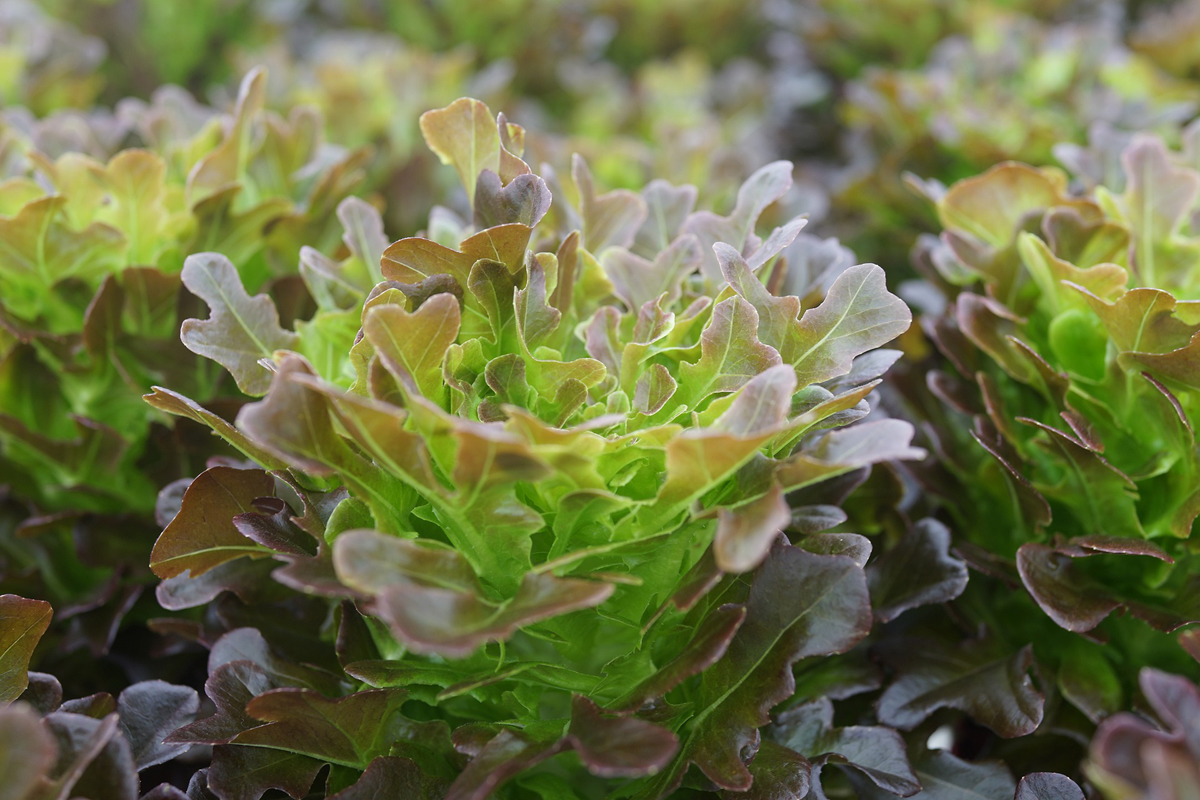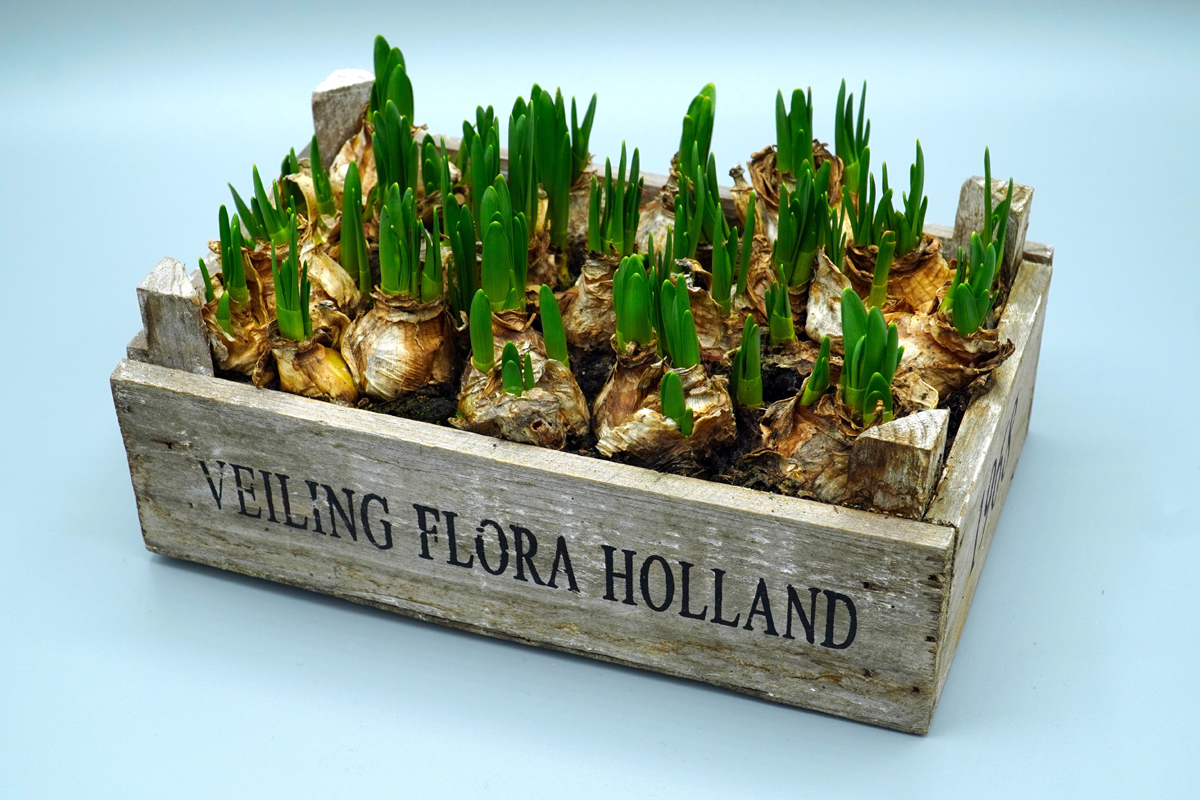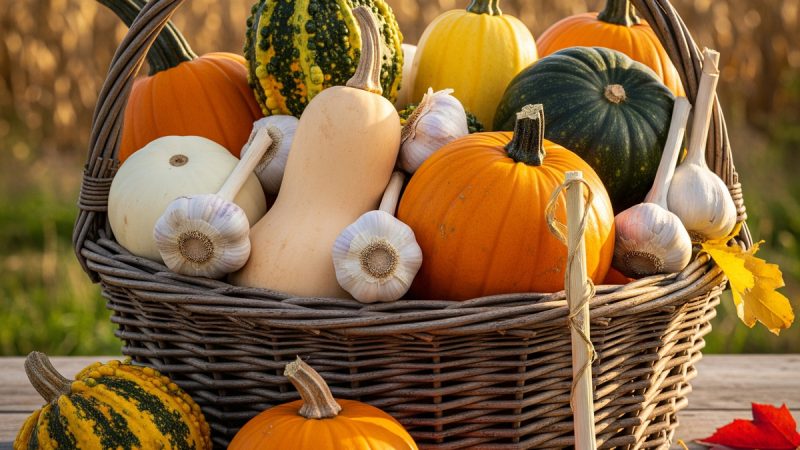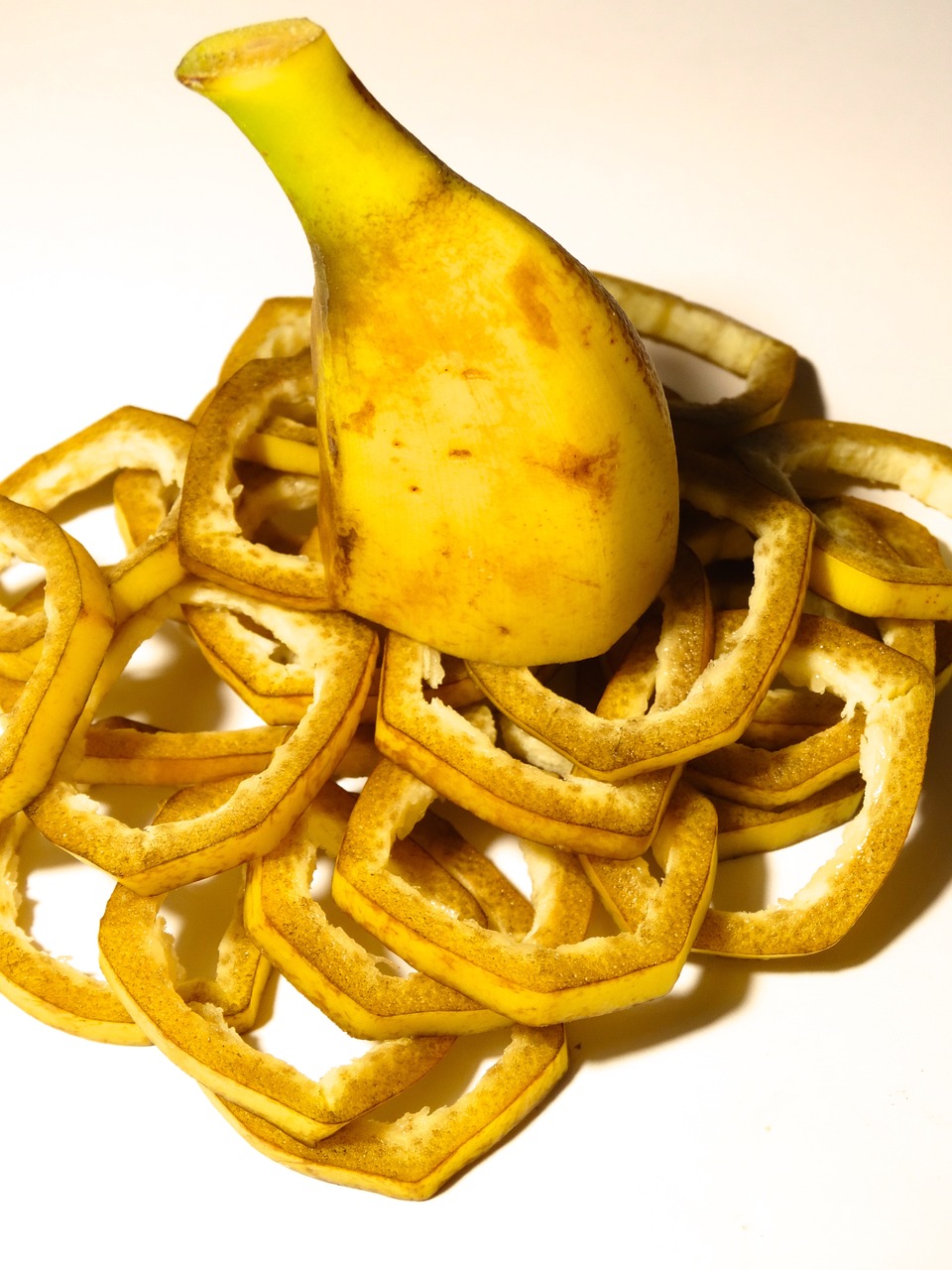5 Common Home Vegetable Garden Terms and What They Mean
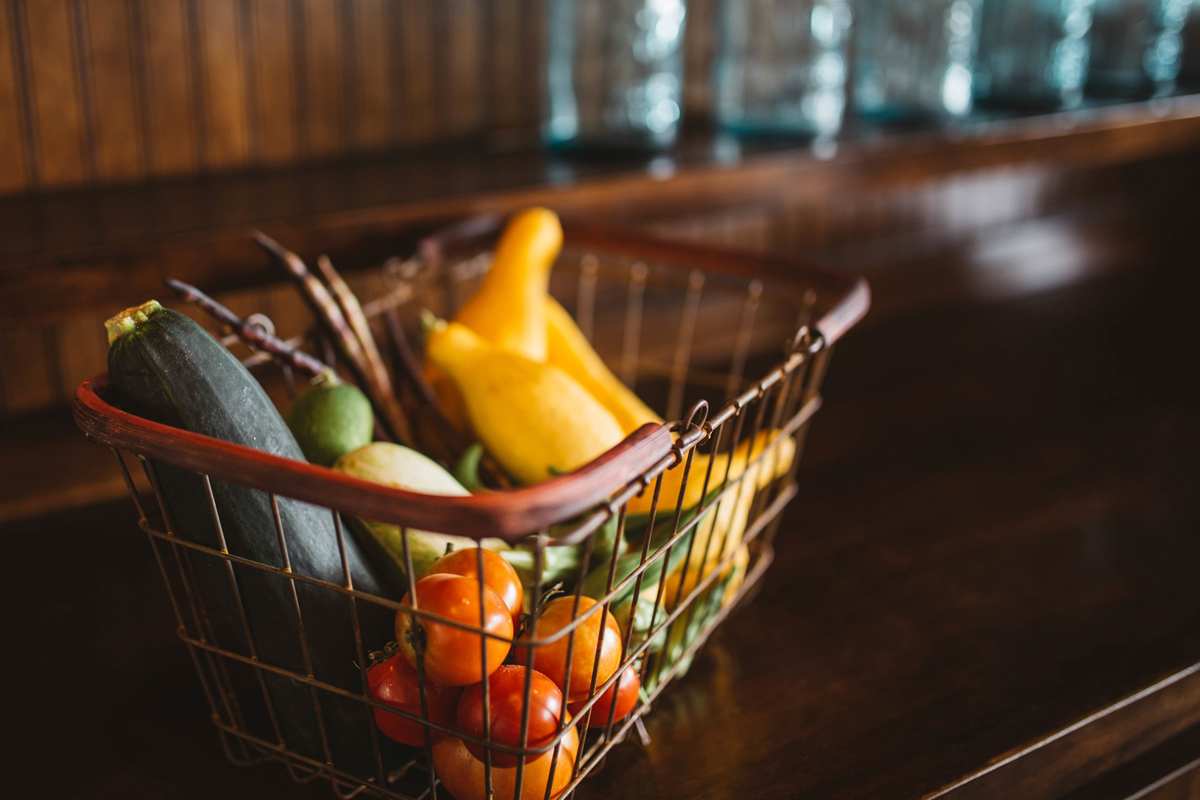
You have probably heard a lot of terminology being floated around in your vegetable garden. Here are five popular ones that will look familiar to you and what they mean.
Frost Zones
Here in the United States the Department of Agriculture has put together a map which sections off various regions into zones. This is done for a number of reasons as it pertains to gardening and one of them is to know when your area will be hit with frost. Frost is nothing more than ice crystals that form overnight when the temperature drops thus freezing any moisture. Plants such as tomatoes and peppers cannot withstand frost for more than a night, maybe two if you are lucky. Therefore, knowing when frost will hit your area is beneficial. A Google search on the words “frost zone map” will result in many different varieties of maps to choose from.
pH Scale
Ok, so maybe it has been a while since you had a science class. The pH scale is a measurement of how acidic or alkaline something is. The pH scale ranges from 0 to 14, with less than 7 being acidic and more than 7 being alkaline. 7 is neutral. As it relates to vegetable gardening the pH scale is used in measuring the acidity of the soil. Ideal soil conditions range on the scale from 5.5 to 7.5. This is where most plants thrive. Some do well in soil that is more alkaline such as cauliflower in the 8.0 range, but if you keep your soil neutral to a bit more acidic you will do fine. You measure the pH level with a soil test kit or soil tester available from any home or garden center for less than $10.
Compost
Compost is organic matter than has decomposed. Most vegetable gardeners keep what is called a, ‘compost pile’. It is pile of leaves, twigs, grass clippings and other organic items. This pile breaks down over time resulting in usable, nutrient rich compost. Compost is then mixed in with your garden soil to add those nutrients in so your plants can grow and thrive. There are various kinds of composting techniques such as a compost pile, vermicomposting and trench composting to name a few.
Soil Aeration/Aerate
This is the process by which your soil obtains more air which is favorable to plants for their growth. For lawns you will see a machine used where plugs are pulled from the soil creating holes. Those holes allow air to get in. For vegetable gardeners, especially the home vegetable gardener, the pitchfork or a broadleaf fork is the tool of choice. For larger gardens, a powered garden tiller will do the trick. These tools will help you to turn the soil over and allow air to get in.
The Letters N-P-K
You have probably seen these letters on bags of fertilizers in your local home or garden center. They stand for (N)-Nitrogen, (P)-Phosphorous, and (K)-Potassium. They are the most common because they are the primary macronutrients your plants need to grow. All are very important to the growth and production of your vegetable plants. A Wikipedia search on the words “N-P-K fertilizer” will give you more in depth information.
The Author:
Michael C. Podlesny

